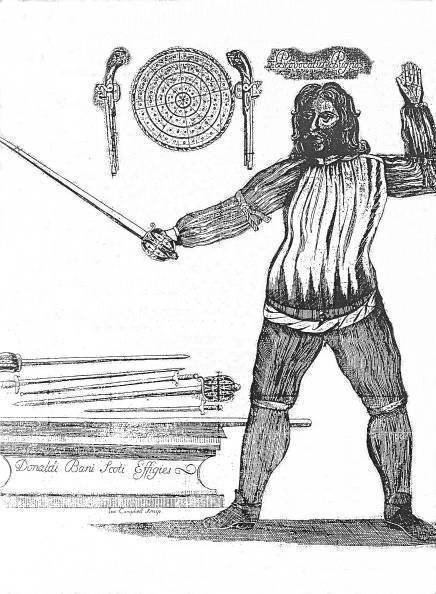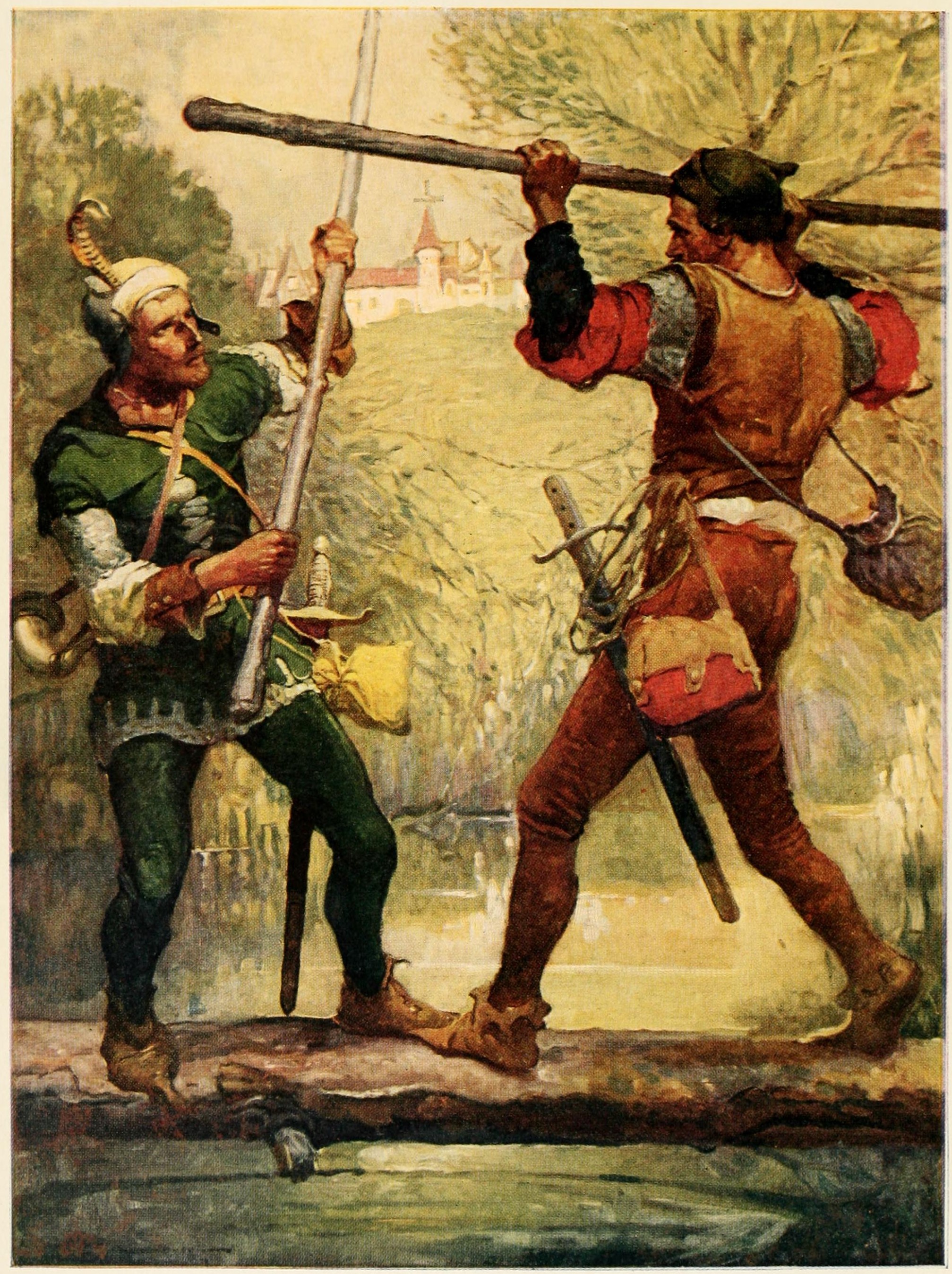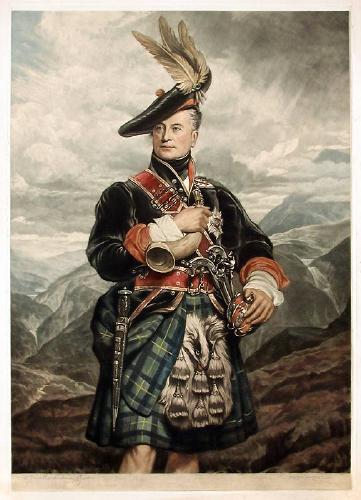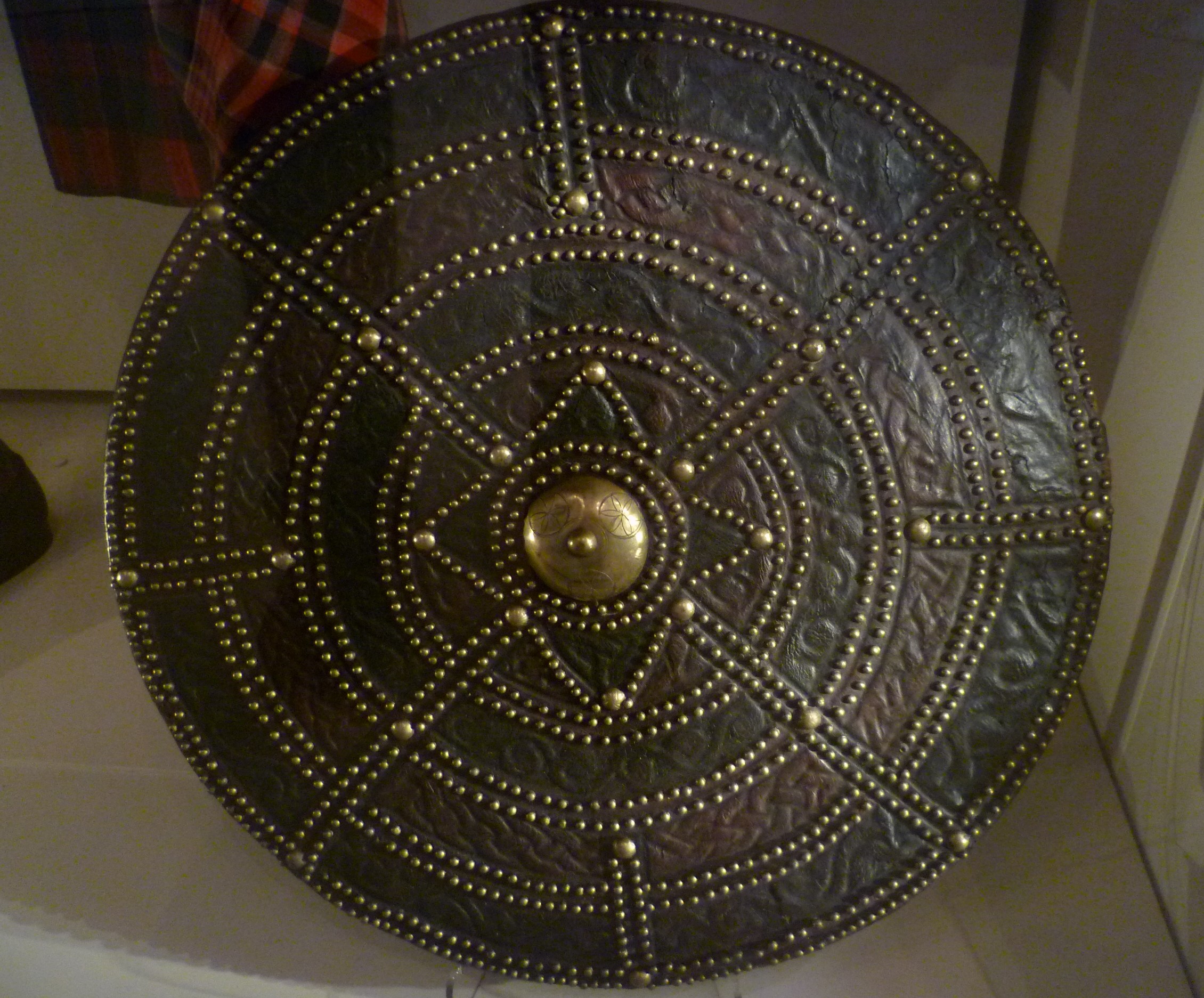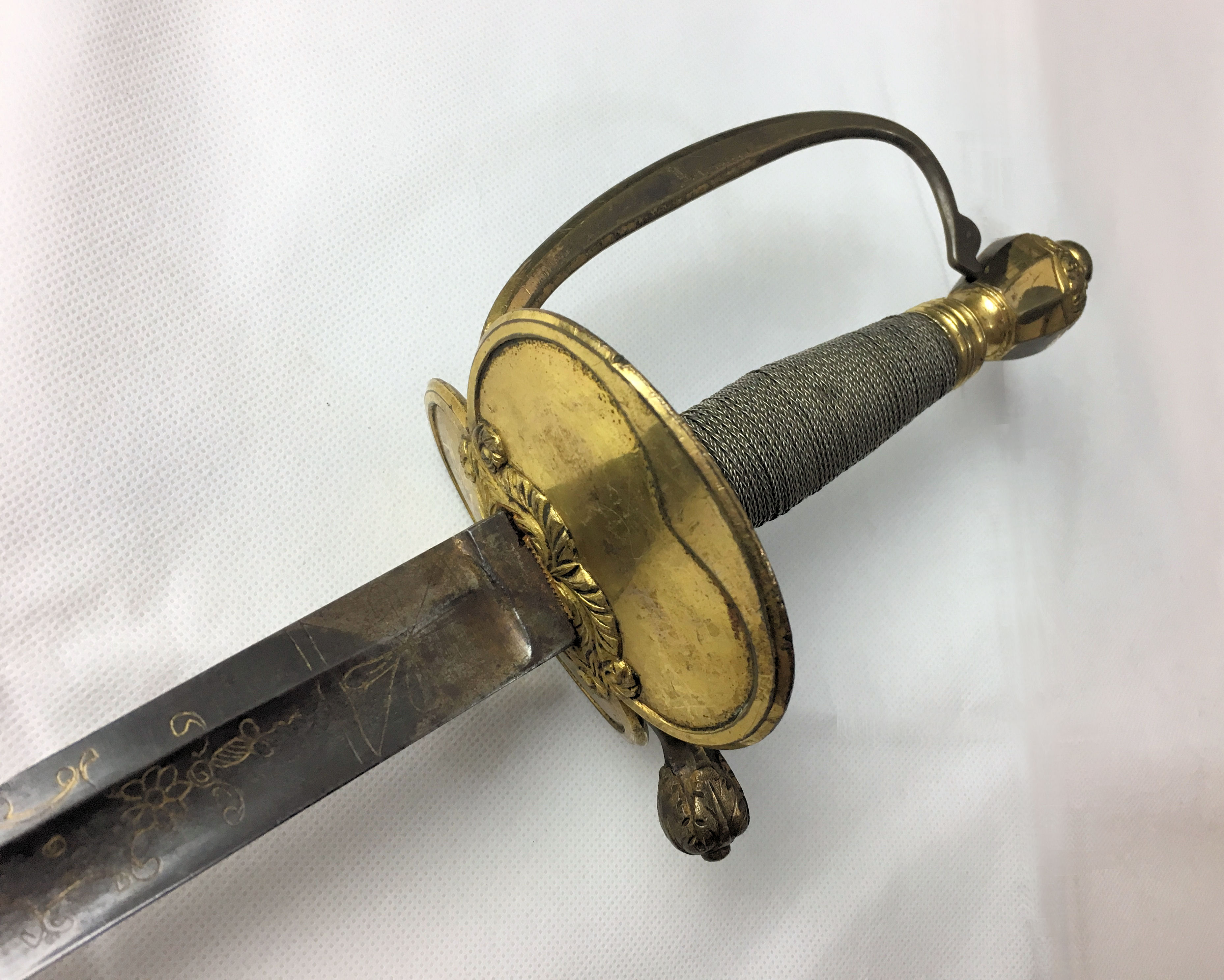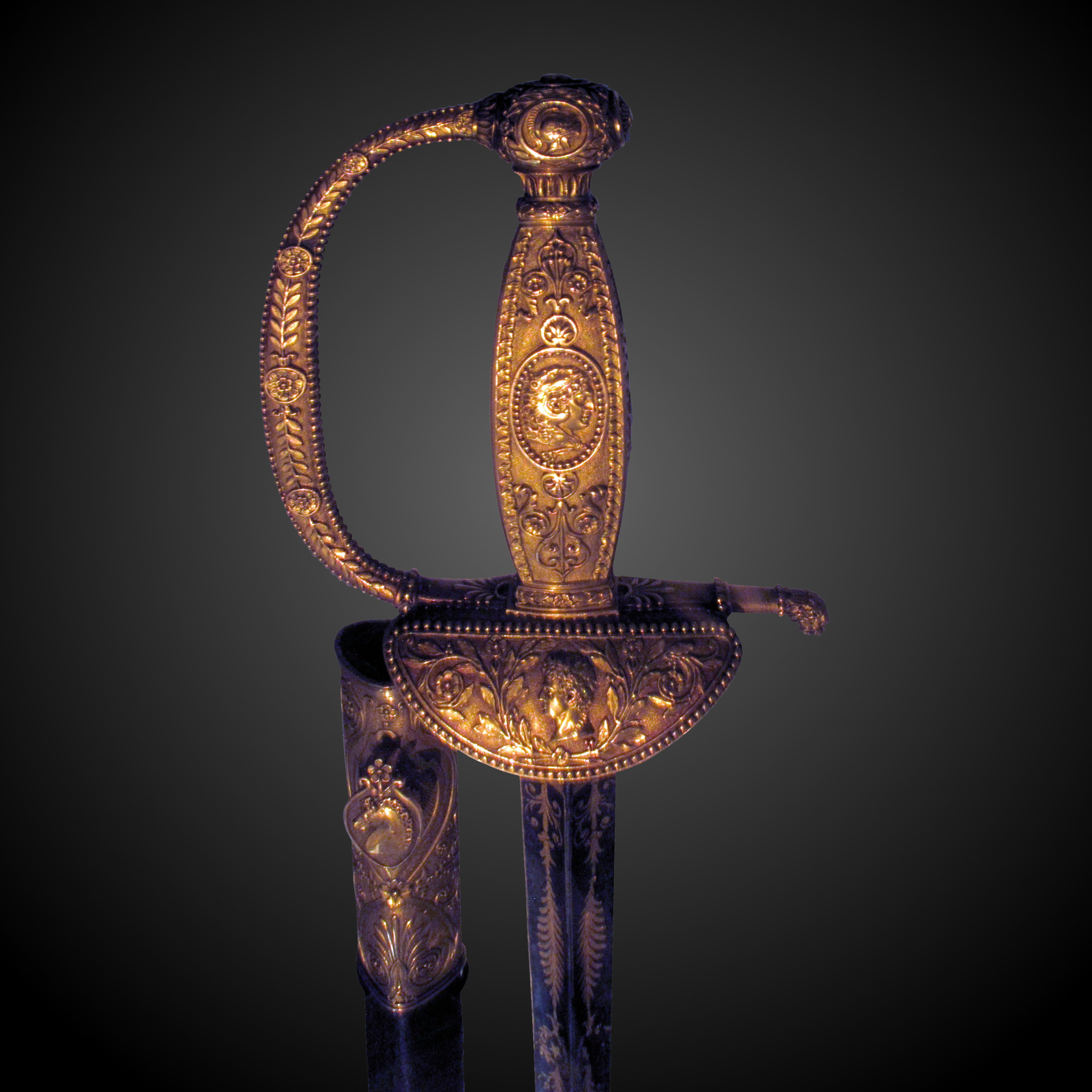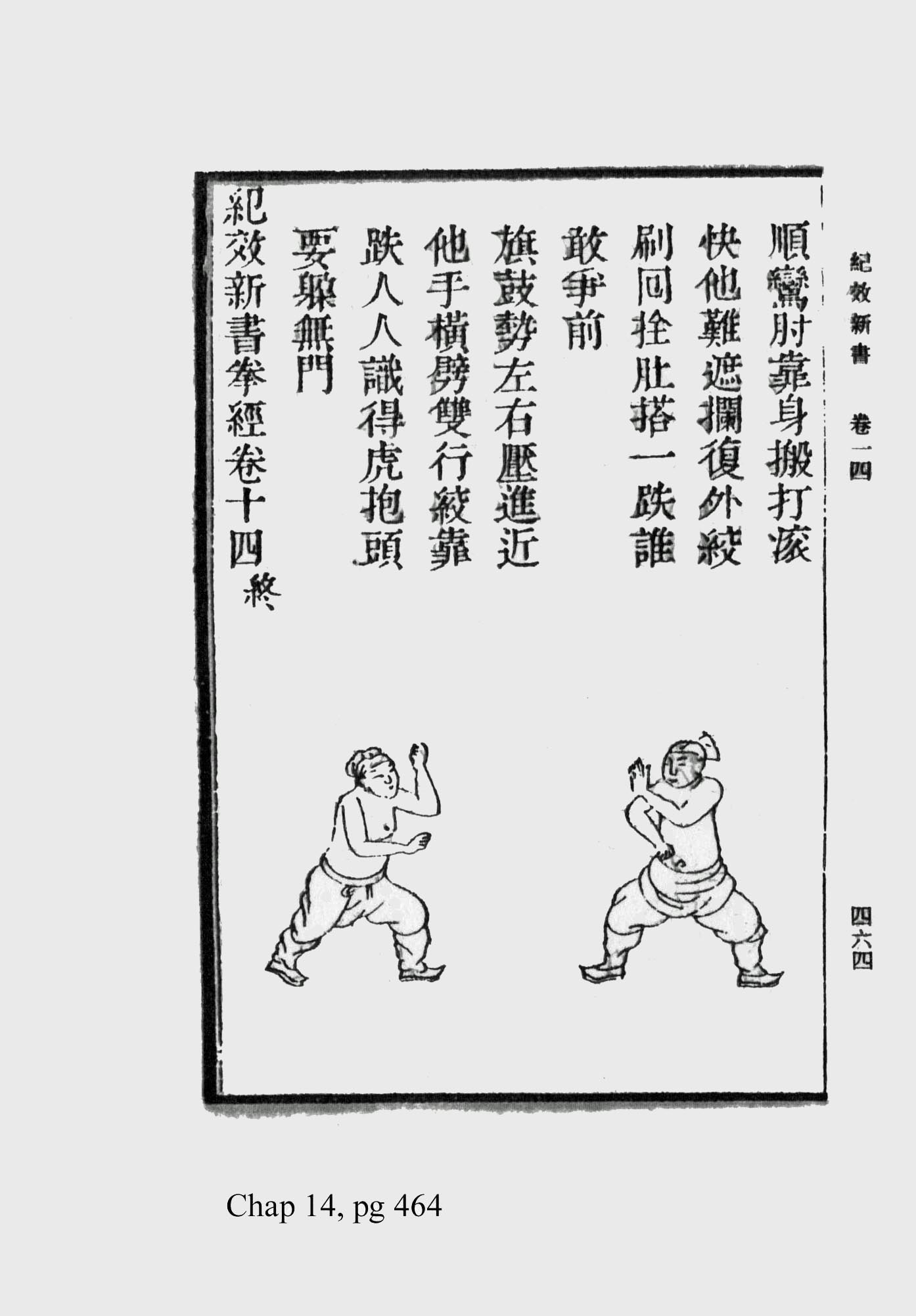|
Historical Fencing In Scotland
There is some evidence on historical fencing as practised in Scotland in the Early Modern Era, especially fencing with the Scottish basket-hilted broadsword during the 17th to 18th centuries. Most of our current knowledge of these arts derives from various combative treatises or Martial arts manuals, as well as written anecdotes (i.e. battle accounts, folklore, etc.) and artistic representations from different periods and locations in Scottish history (see Penicuik SketchesHighland Swordsmanship: Techniques of the Scottish Sword Masters, by Mark Rector (editor) and Paul Wagner (editor), Published by The Chivalry Bookshelf (15 November 2001)). Scottish fencing masters The following is a list of fencing masters that were very influential in their day, and have contributed to our current knowledge of the martial practices of Scotland (see ''Combat Treatises'' below): * William Machrie – a Scottish fencing master who taught in Aberdeen and Edinburgh, Scotland in the late 17 ... [...More Info...] [...Related Items...] OR: [Wikipedia] [Google] [Baidu] |
Donald McBane
Donald McBane (1664 - April 12, 1732) was a noted Scottish swordsman, career soldier, and fencing master, who is widely regarded as one of the most prolific duelists of all time. He was born in the Highland town of Inverness during the late seventeenth century. In 1687 McBane ran away from home, enlisting in the British army under the Duke of Marlborough. As a career soldier, he served throughout much of Europe, fighting in The War of the Spanish Succession (1701-1714), and taking part in fifteen skirmishes and sixteen battles, including Blenheim (1704) and Malplaquet (1709). By the time of the Jacobite Rising of 1715, he was serving as a sergeant in General Honeywood’s Regiment of Dragoons and guarded the Colours at the Battle of Preston. His autobiography mentions that at one point he had the command responsibility equivalent to a Colonel of Artillery, but it is unlikely he ever received an officer's commission. His Colonel made several recommendations for McBane to 'Chai ... [...More Info...] [...Related Items...] OR: [Wikipedia] [Google] [Baidu] |
Scottish Basket-hilted Broadsword
The basket-hilted sword is a sword type of the early modern era characterised by a basket-shaped guard that protects the hand. The basket hilt is a development of the quillons added to swords' crossguards since the Late Middle Ages. In modern times, this variety of sword is also sometimes referred to as the broadsword. The basket-hilted sword was generally in use as a military sword, in contrast with the rapier, the slim duelling sword worn with civilian dress during the same period, although each did find some use in both military and civilian contexts. A further distinction applied by arms historians and collectors is that a true broadsword possesses a double-edged blade, while similar wide-bladed swords with a single sharpened edge and a thickened back are called backswords. Various forms of basket-hilt were mounted on both broadsword and backsword blades. One of the weapon types in the modern German dueling sport of ("academic fencing") is the basket-hilted . Morph ... [...More Info...] [...Related Items...] OR: [Wikipedia] [Google] [Baidu] |
Boston
Boston (), officially the City of Boston, is the state capital and most populous city of the Commonwealth of Massachusetts, as well as the cultural and financial center of the New England region of the United States. It is the 24th- most populous city in the country. The city boundaries encompass an area of about and a population of 675,647 as of 2020. It is the seat of Suffolk County (although the county government was disbanded on July 1, 1999). The city is the economic and cultural anchor of a substantially larger metropolitan area known as Greater Boston, a metropolitan statistical area (MSA) home to a census-estimated 4.8 million people in 2016 and ranking as the tenth-largest MSA in the country. A broader combined statistical area (CSA), generally corresponding to the commuting area and including Providence, Rhode Island, is home to approximately 8.2 million people, making it the sixth most populous in the United States. Boston is one of the oldest ... [...More Info...] [...Related Items...] OR: [Wikipedia] [Google] [Baidu] |
Quarterstaff
A quarterstaff (plural quarterstaffs or quarterstaves), also short staff or simply staff is a traditional European pole weapon, which was especially prominent in England during the Early Modern period. The term is generally accepted to refer to a shaft of hardwood from long, sometimes with a metal tip, ferrule, or spike at one or both ends. The term "short staff" compares this to the "long staff" based on the pike with a length in excess of . The height of the staff should be around the same as the user plus their hand set upright on their head (approximately ). Etymology The name "quarterstaff" is first attested in the mid-16th century. The "quarter" possibly refers to the means of production, the staff being made from quartersawn hardwood (as opposed to a staff of lower quality made from conventionally sawn lumber or from a tree branch). OED; The possibility that the name derives from the way the staff is held, the right hand grasping it one-quarter of the distance from ... [...More Info...] [...Related Items...] OR: [Wikipedia] [Google] [Baidu] |
Dirk
A dirk is a long bladed thrusting dagger.Chisholm, Hugh (ed.), ''Dagger'', The Encyclopædia Britannica, 11th ed., Vol. VII, New York, NY: Cambridge University Press (1910), p. 729 Historically, it gained its name from the Highland Dirk (Scots Gaelic "Dearg") where it was a personal weapon of officers engaged in naval hand-to-hand combat during the Age of SailO'Brian, Patrick, ''Men-of-War: Life In Nelson's Navy'', New York: W.W. Norton & Co., (1974), p. 35 as well as the personal sidearm of Highlanders. It was also the traditional sidearm of the Highland Clansman and later used by the officers, pipers, and drummers of Scottish Highland regiments around 1725 to 1800 and by Japanese naval officers. Etymology The term is associated with Scotland in the Early Modern Era, being attested from about 1600. The term was spelled ''dork'' or ''dirk'' during the 17th century,Head, T.F. ''The Concise Oxford Dictionary of English Etymology'' Oxford University Press (1996) presumed relat ... [...More Info...] [...Related Items...] OR: [Wikipedia] [Google] [Baidu] |
Targe
Targe (from Old Franconian ' 'shield', Proto-Germanic ' 'border') was a general word for shield in late Old English. Its diminutive, ''target'', came to mean an object to be aimed at in the 18th century. The term refers to various types of shields used by infantry troops from the 13th to 16th centuries, or earlier. More specifically, a targe was a concave shield fitted with enarmes on the inside, one adjustable by a buckle, to be attached to the forearm, and the other fixed as a grip for the left hand. These shields were mostly made of iron or iron-plated wood. From the 15th century, the term could also refer to special shields used for jousting. A fair number were created wholly for show. From the late 16th century, until the Battle of Culloden in 1746, the Scottish Highlander's main means of defence in battle was his targe. In February 1596 the clan leader John Grant of Freuchie was able to muster 500 men including 40 armed "according to the Highland custom" with bows, hel ... [...More Info...] [...Related Items...] OR: [Wikipedia] [Google] [Baidu] |
Spadroon
A spadroonP. G. W. Annis (1970). ''Naval Swords, British and American Naval Edged Weapons, 1660-1815'', Harrisburg, PA: Stackpole Books, p. 38. is a light sword with a straight-edged blade, enabling both cut and thrust attacks. This English term first came into use in the early 18th century, though the type of sword it referred to was in common usage during the late 17th century. They were primarily used as a military (army & navy) sidearm in the late 17th and early 18th centuries, and for officers and NCOs in the latter part of the 18th and early 19th centuries. The type of sword also saw widespread use across Europe and America, though the term 'spadroon' is unique to the Anglophone world. Spadroon is a term used to categorize a type of sword that is in between a small sword The small sword or smallsword (also court sword, Gaelic: or claybeg, French: or dress sword) is a light one-handed sword designed for thrusting which evolved out of the longer and heavier rapier of the ... [...More Info...] [...Related Items...] OR: [Wikipedia] [Google] [Baidu] |
Smallsword
The small sword or smallsword (also court sword, Gaelic: or claybeg, French: or dress sword) is a light one-handed sword designed for thrusting which evolved out of the longer and heavier rapier of the late Renaissance. The height of the small sword's popularity was between mid 17th and late 18th century, when any man, civilian or military, with pretensions to gentlemanly status would have worn a small sword on a daily basis. The blade of a small sword is comparatively short at around , though some reach over . It usually tapers to a sharp point but may lack a cutting edge. It is typically triangular in cross-section, although some of the early examples still have the rhombic and spindle-shaped cross-sections inherited from older weapons, like the rapier. This triangular cross-section may be hollow ground for additional lightness. Many small swords of the period between the 17th and 18th centuries were found with colichemarde blades. It is thought to have appeared in France ... [...More Info...] [...Related Items...] OR: [Wikipedia] [Google] [Baidu] |
Basket-hilted Scottish Broadsword
The basket-hilted sword is a sword type of the early modern era characterised by a basket-shaped guard that protects the hand. The basket hilt is a development of the quillons added to swords' crossguards since the Late Middle Ages. In modern times, this variety of sword is also sometimes referred to as the broadsword. The basket-hilted sword was generally in use as a military sword, in contrast with the rapier, the slim duelling sword worn with civilian dress during the same period, although each did find some use in both military and civilian contexts. A further distinction applied by arms historians and collectors is that a true broadsword possesses a double-edged blade, while similar wide-bladed swords with a single sharpened edge and a thickened back are called backswords. Various forms of basket-hilt were mounted on both broadsword and backsword blades. One of the weapon types in the modern German dueling sport of ("academic fencing") is the basket-hilted . Morpho ... [...More Info...] [...Related Items...] OR: [Wikipedia] [Google] [Baidu] |
Fencing Manual
Martial arts manuals are instructions, with or without illustrations, specifically designed to be learnt from a book. Many books detailing specific techniques of martial arts are often erroneously called manuals but were written as treatises. Prose descriptions of martial arts techniques appear late within the history of literature, due to the inherent difficulties of describing a technique rather than just demonstrating it. The earliest extant manuscript on armed combat (as opposed to unarmed wrestling) is Royal Armouries Ms. I.33 ("I.33"), written in Franconia around 1300. Not within the scope of this article are books on military strategy such as Sun Tzu's ''The Art of War'' (before 100 BC) or Publius Flavius Vegetius Renatus' ''De Re Militari'' (4th century), or military technology, such as '' De rebus bellicis'' (4th to 5th century). Predecessors Some early testimonies of historical martial arts consist of series of images only. The earliest example is a fresco in tomb ... [...More Info...] [...Related Items...] OR: [Wikipedia] [Google] [Baidu] |
Domenico Angelo
Domenico Angelo (1717 Leghorn, Italy – 1802, Twickenham, England), was an Italian sword and fencing master, also known as Angelo Domenico Malevolti Tremamondo. The son of a merchant, he was the founder of the Angelo Family of fencers. He has been praised as "the first to emphasize fencing as a means of developing health, poise, and grace. As a result of his insight and influence, fencing changed from an art of war to a sport." Travels He moved to Paris at the age of 27, with an eye to taking over the family business, but instead gained fencing skills under a master there, Teillagory. He also had an affair with the English actress Peg Woffington, and went with her to London and Dublin. However, the affair cooled and on 5 February 1755 he instead married the 17-year-old Elizabeth Johnson (1738–1805), with whom he had several children. Fencing tuition In England, Angelo gained the patronage of Henry Herbert, 10th Earl of Pembroke, and three years later of the dowager Prince ... [...More Info...] [...Related Items...] OR: [Wikipedia] [Google] [Baidu] |
%2C_Plate_2.jpg)
